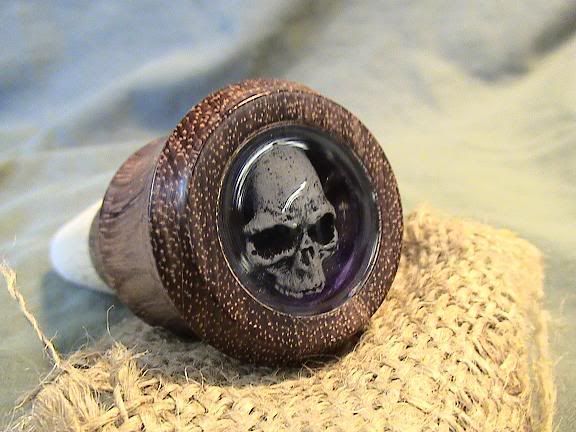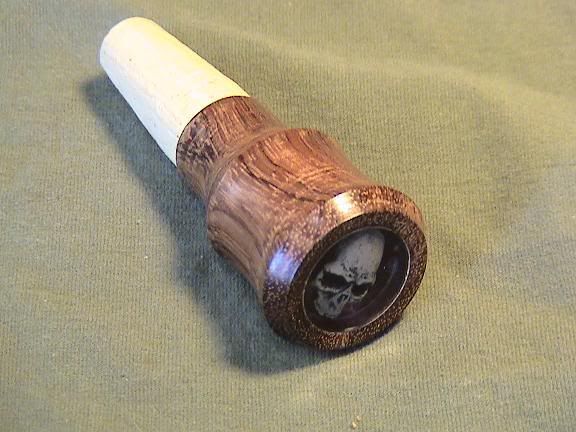Owen- couldn't you just hit it with the air hose to blow off any particles the paper might have picked up? That is what I do anyway. I only sand to 400 on bowls, occasionally 600 though. I go to 2000 on the small stuff like bottle stoppers but I still just blow off the paper with an air hose when its contaminated.
I use the discs from Vince too (appologies to our moderator, I was not aware of your sanding supplies!) and really like them a lot but cannot compare them to anything else. These are all that I have ever used. Vince is pretty passionate about his products and more than willing to discuss them and the benefits of the differences. I have been going through one disc of each grit per bowl, sanding both the inside and outside. I use 80,120,180,220,320,400. Does this make sense to anyone? Should I get more life out of a disc or should I be using 2 discs per bowl? Assume I get a pretty good finish cut with very little tearout but do have some small ridges to sand out. I sand slow and generate very little heat. Just wondering what the typical routine is... one disc per grit per bowl or more?
Yep, sure you can, Pete......
I use air to remove the build-up on sandpaper and discs, too! It's really the best way to do it quickly and cleanly. I bought one of those mountable rubber disc cleaners once, still have it.....they don't do nearly as good a job as a good 'ol shot of compressed air!
As far as sequence of discs, and how many to use........well, that's a tricky subject! Everybody has got their own way of doing things.....including me. Each bowl is different, as well. As a general rule, I start disc sanding around 80 or 100 grit, but occasionally need to go all the way down to 60gt. When I go that low, I generally don't need to go over the entire surface with it......only specific areas that have some tear out. On occasion, I start at 150gt, but the rule of thumb is in the 100gt range. The finest grit disc I use is 220, and then use only sandpapers above that.
Are you talking about using 1-2 discs, per grit, per bowl? That sounds like you're going through a lot of discs to me. I generally get 2-3 bowls out of a single disc! If you start sanding at the correct grit for the circumstances your bowl presents, you shouldn't have to sand for very long with any particular disc......hence, they last longer.
If it's a small bowl, I can start sanding at speeds as high as 1200rpm, but for most work, 650 and 370 works best. (Obviously, I don't have a variable speed lathe.....I'm still changing belts, but am used to it!)
Also, my angle head Sioux sander is the faster 0-2500rpm model.....I wouldn't trade it for the slower one. There are times when you want to get all the aggressiveness out of your sanding you can get!.....When you don't, just learn to use that variable speed lever! If you keep the disc moving over the surface, you can get pretty aggressive with the coarser grits......it's the finer grits you need to be watchful about.
....odie


